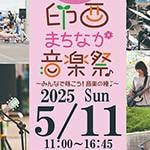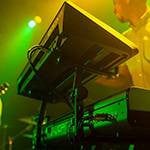Considering the recent PA situation, a digital mixer is a must. Starting with equipment for professional use, there is an increasing number of low-priced models that can be easily operated by light users. However, just hearing the word "digital mixer" may make you feel defensive. I would like to see more light users use digital mixers and learn about their convenience, thereby broadening the scope of digital mixing.
To begin with, I will explain about the mixer itself and its hardware. I am also preparing the next section on audio networking, so I hope this will be of some help in selecting the right mixer for you.
1. The Definition of Digital Mixer
When considering the definition of a digital mixer, what differences does it have compared to a traditional analog mixer? There are two main differences from analog mixers.
① Lightweight, Compact
② Digital Voice Transmission
Let’s consider the differences between each
① Lightweight, Compact
When you think of a conventional analog mixer…

As shown in the image above, there is no display (control screen), and the mixer is controlled by visible knobs/faders only. While this system is simple and easy to understand, a mixer must be as large as the number of channels for multi-channel use.
A 30-channel mixer would be ......

As shown in the image above, they are larger in size and weight, and thus pose problems with installation location and mobility.
With a digital mixer, the CH controls can be layered. EQ and DSP controls can also be operated on a single display, which saves space and allows the user to visually check the status of the mixer. One example of this is the DM20.

The faders are hierarchically arranged to control up to 20 inputs, including SPDIF and USB inputs.
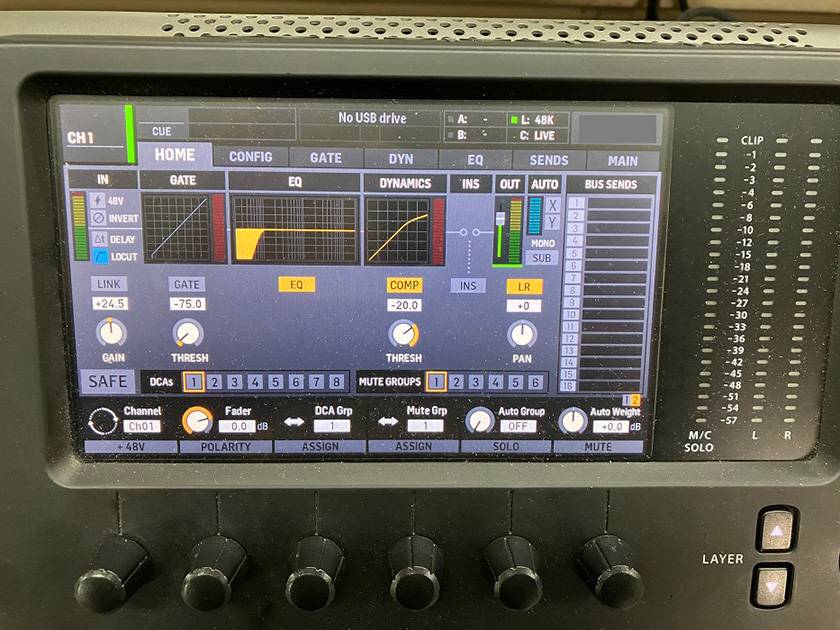
Example of X32. The image shows the HOME screen for each channel, and the EQ and DSP functions can be adjusted on a single display.
This allows for compact size and lighter weight, so it minimizes the space needed for installation and mobility issues.
② Digital Voice Transmission Capability
Next, digitization of audio signals eliminates noise and sound quality degradation during transmission.
Furthermore, since LAN cables, XLR cables (AES/EBU), and optical digital cables (OPTICAL, ADAT) are used, multiple channels of audio signals can be transmitted with a single cable so it reduces wiring problems in the field.
Since conventional analog mixers require one cable per channel, I feel that the new mixer is cost-effective when considering the expense of cables and the complexity of wiring.
(I will discuss digital audio transmission later in the Audio Networking section, so please wait a little longer.)
Lineup
The following is a partial lineup of digital mixers.
The mixers can be roughly categorized into two types: those with a display (control screen) on the mixer itself and those with a remote control.
Display-mounted type
CLASSIC PRO / DM20 Digital Mixer Motor Fader
QSC / TouchMix-8 Digital Mixer
Remote Control Type
Soundcraft / Ui24R Wi-Fi Control Digital Mixer 24ch
BEHRINGER / X AIR XR18 Remote Control Digital Mixe
Recently, hybrid models such as models with a built-in USB audio interface and models that can be remotely controlled with smartphones and other devices are available as an extension of analog mixers.
Analog Mixer Hybrid Type
ZOOM / LiveTrak L-8 Digital mixer/recorder for distribution
2. What is a stage box option card?
Now that I have talked about the digital mixer itself, there are stage boxes and option cards that can be used to expand the functionality of the digital mixer.
I will conclude this hardware section by explaining the functions and features of each.
What is a stage box?
It is a box with so-called input/output terminal expansion functions that is based on digital transmission, which enables multi-channel signal transmission with a single digital cable even when the digital mixer is located far away from the stage, allowing control to be consolidated with a single mixer even on a large stage or in a PA booth located far away from the stage. This allows control to be centralized with a single mixer even when a large stage or PA booth is located far away. Each manufacturer has a specific mixer that is compatible with its products, so select the appropriate combination for your setup.
■ Stage Box Lineup
BEHRINGER / S32 Digital Stage Box
Soundcraft / Mini Stagebox 32R stage box
What is an option card?
This will be discussed in more detail in the Audio Networking section, but there are several standards for digital transmission and manufacturers sell option cards to meet these standards. This allows a digital mixer to be set up in accordance with each standard with models such as DANTE and MADI, and thus can be used in a variety of environments.
■ Option Card Lineup
BEHRINGER / X-DANTE Option card for X32
Soundcraft / 32CH MADI + 32CH USB Si Option card
In Closing
I have described digital mixers from a hardware perspective. This is a category that will continue to develop, and digital mixers will become the mainstream in the future. I hope that more people will discover the convenience of digital mixers.





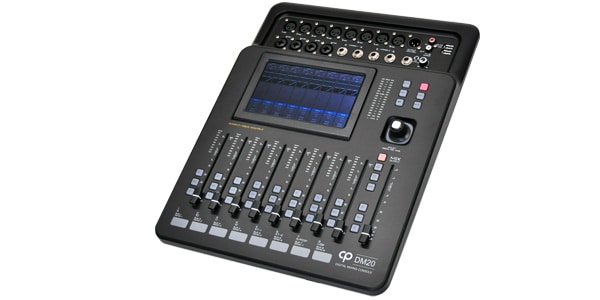
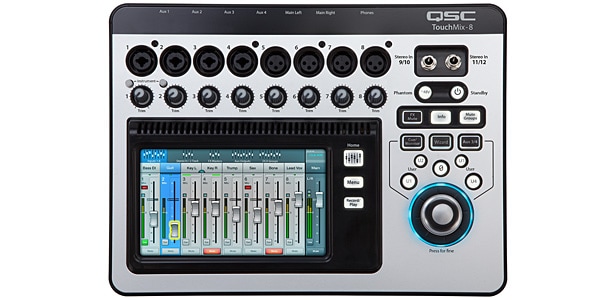
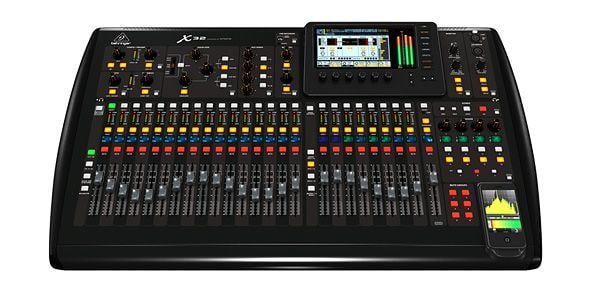
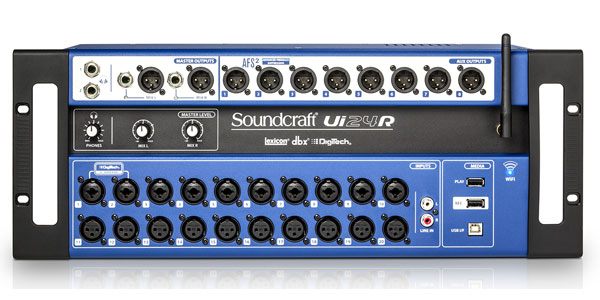
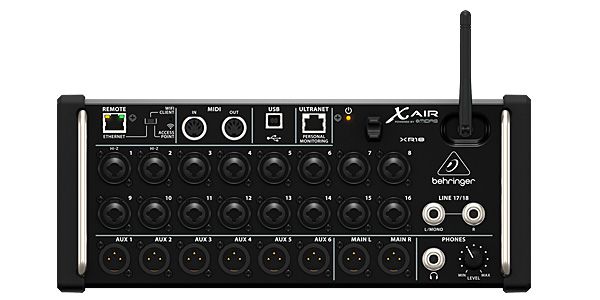
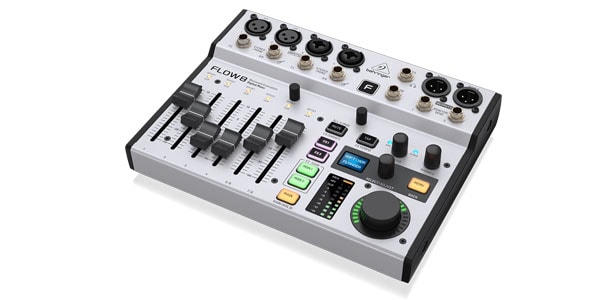
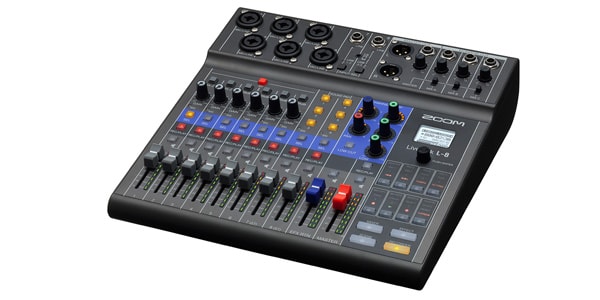
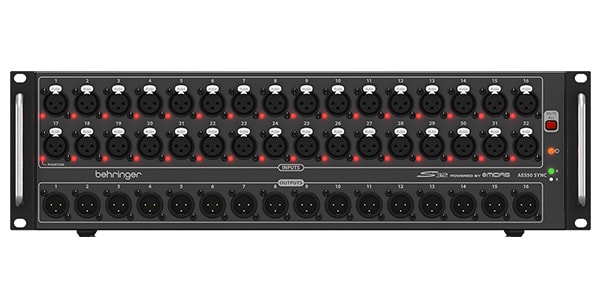
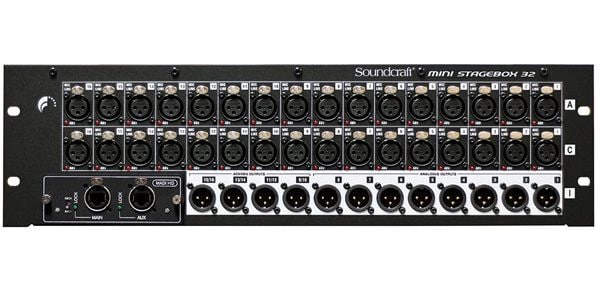
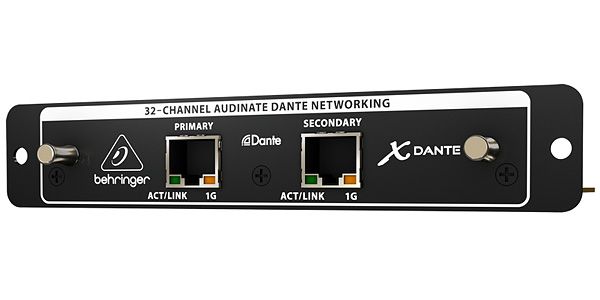
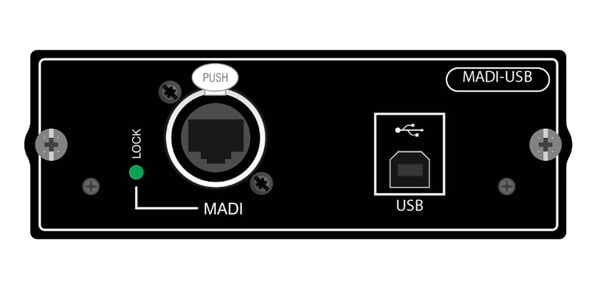






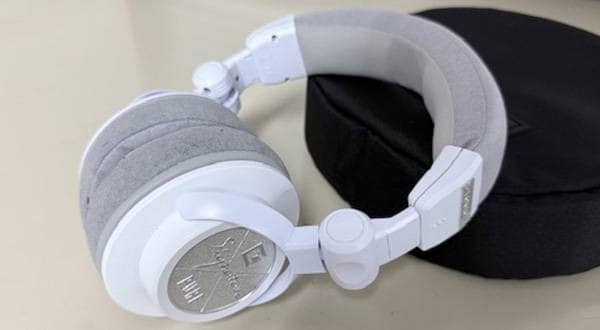
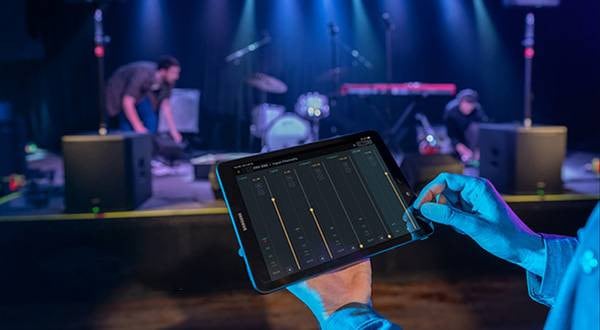
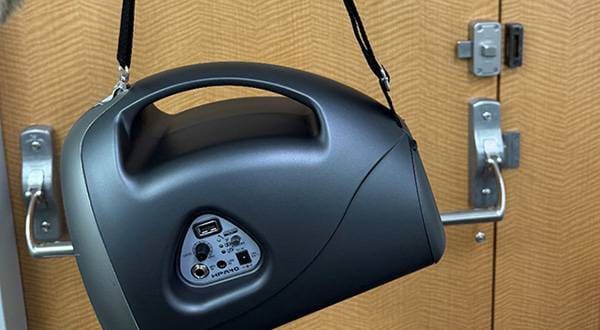
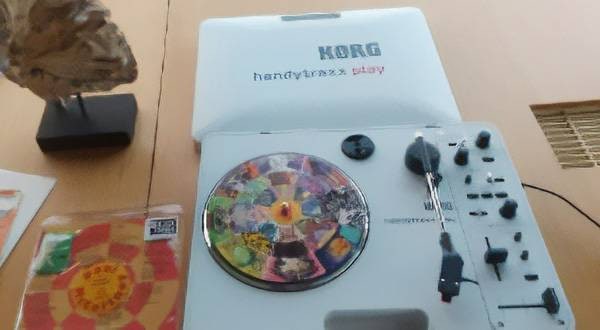
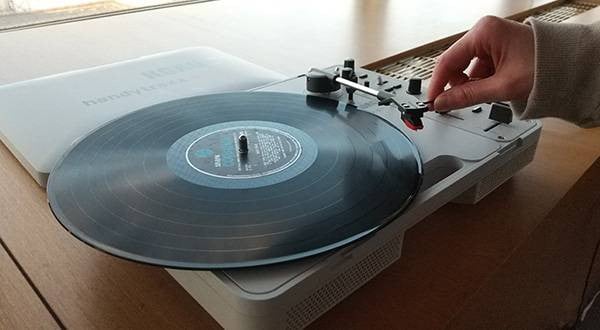
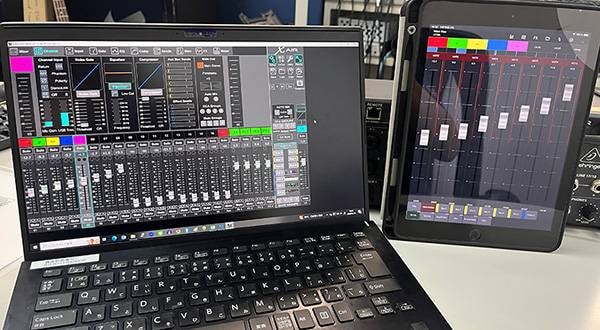
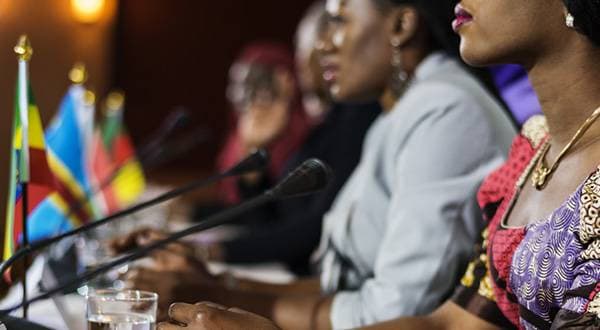
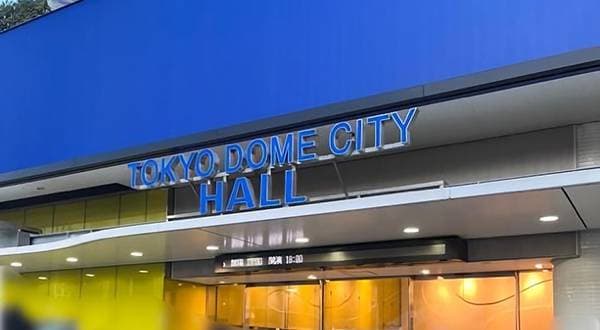
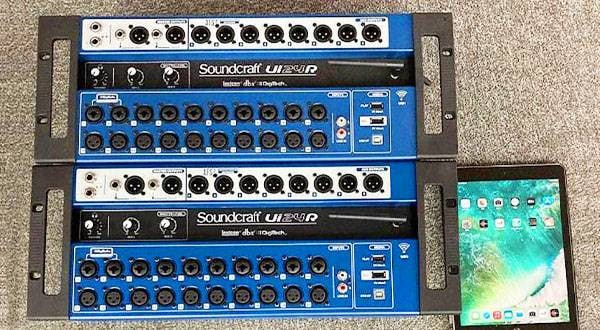

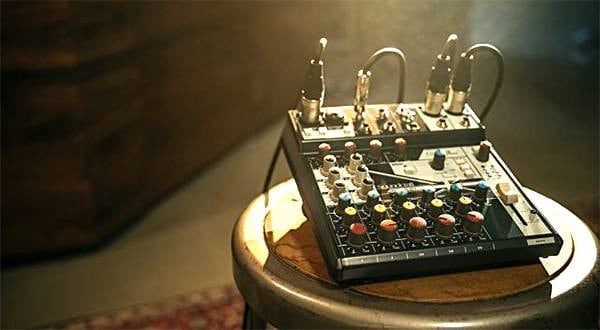
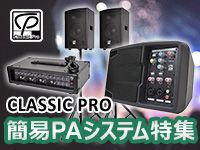 CLASSIC PRO 簡易PAシステム特集
CLASSIC PRO 簡易PAシステム特集
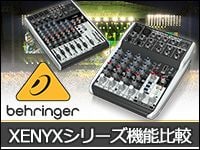 Behringer XENYXシリーズ機能比較
Behringer XENYXシリーズ機能比較
 QSC デジタルミキサー TouchMixシリーズ
QSC デジタルミキサー TouchMixシリーズ
 Soundcraft
Soundcraft
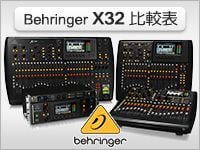 Behringer X32 比較表
Behringer X32 比較表
 QSC
QSC




